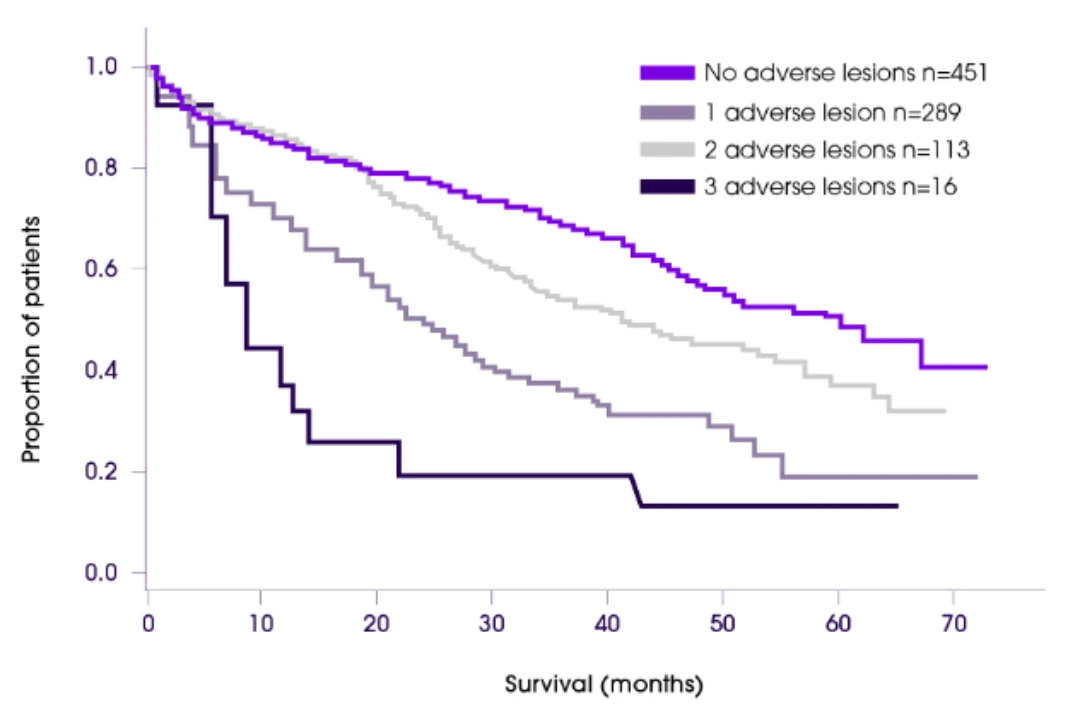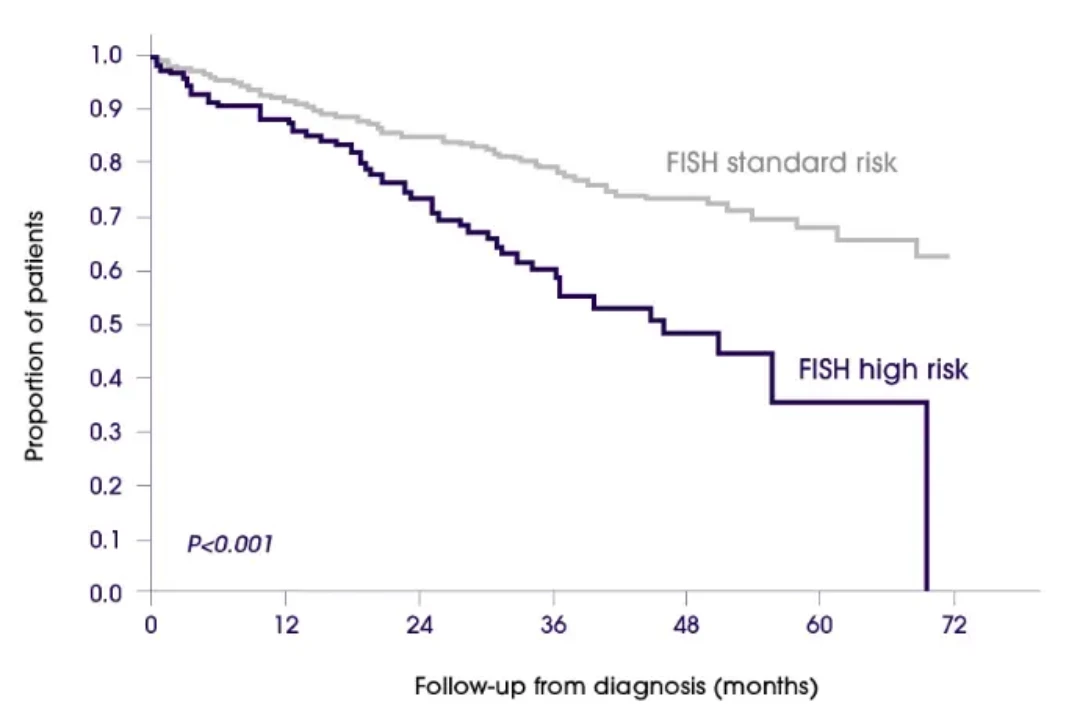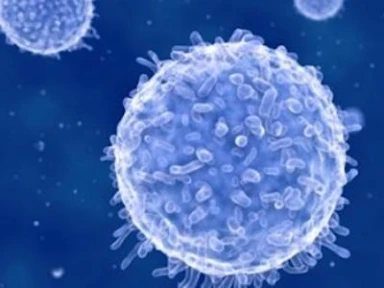Patients Factors & Impacts
.png/jcr:content/mm-generic-banner%20(1).png)
Renal Impairment’s Effect on MM Patients
Although renal impairment is a common complication in patients with multiple myeloma these patients are often excluded from or underrepresented in clinical trials because of1:
- Restrictive renal exclusion criteria
- Failure to collect data in renally impaired patients
- Difficulty in translating results to real-world practice.
50% of patients with multiple myeloma have renal impairment and it forms a core part of the CRAB criteria used to diagnose multiple myeloma2,3
C
calcium
(hypercalcemia)
R
Renal
impairment
A
Anemia
B
Bone
lesions
Underrepresentation Putting Patients at Risk4
<65
years
65-75
years
75+
years
How do you treat a patient population effectively that is underrepresented in clinical trials? While multiple myeloma is predominantly a disease of the elderly,5 there is still a reluctance to include elderly cancer patients in clinical trials because of reduced performance, comorbidities, and organ dysfunction.6,7 That leaves this difficult-to-treat population with a lack of robust treatment guidelines.4
50 percent of elderly patients will need 3 or more GP visits before diagnosis, and this contributes to a 6-month delay in an average diagnosis of MM.6
Patients >65 years of age have worse survival rates than younger patients5

Characteristics commonly found in elderly patients make treatment difficult4,8-10
- Reduced fitness for treatment
- Decreased resilience to treatment-related toxicity
- Fraity
- Difficulty of Diagnosis
- Reduced treatment choices
- Underrepresentation in clinical trials
The Relationship between Multiple Myeloma and Cytogenetic Abnormalities
The presence of high-risk cytogenetic features has been well documented as a negative prognostic factor and these patients typically have poorer outcomes compared with standard risk patients.11,12
Patients with high-risk cytogenetics are not always captured in clinical trials or real-world studies, resulting in subgroup analyses on a relatively small sample size.1,13,14 Because of this, it is important that these patients be encouraged to participate in randomized trials so more data can be collected.14

The presence of multiple cytogenetic abnormalities further decreases prognosis compared with individual high-risk abnormalities11,13,15

There remains a detrimental gap between high-risk and standard-risk cytogenetic patients14,16
With more than 130,000 new diagnoses of multiple myeloma a year globally, it's important to recognize the signs and symptomps of MM.
- Richardson PG, San Miguel JF, Moreau P, et al. Interpreting clinical trial data in multiple myeloma: translating findings to the real-world setting.Blood Cancer J. 2018;8(11):109.
- Faiman B, Doss D, Colson K, Mangan P, King T, Tariman JD. Renal, GI, and peripheral nerves: evidence-based recommendations for the management of symptoms and care for patients with multiple myeloma. Clin J Oncol Nurs. 2017;21(5 Suppl):19-36.
- Raab MS, Cavo M, Delforge M, et al. Multiple myeloma: practice patterns across Europe.Br J Haematol. 2016;175(1)66-76.
- Baijal P, Periyakoil V. Understanding frailty in cancer patients.Cancer J. 2014;20(5):358-366.
- National Cancer Institute. Cancer stat facts: myeloma.https://seer.cancer.gov/statfacts/html/mulmy.html. Accessed March 2022.
- Willan J, Eyre TA, Sharply F, Watson C, King AJ, Ramasamy K. Multiple myeloma in the very elderly patient: challenges and solutions.Clin Interv Aging. 2016;11:423–435.
- Hutchins LF, Unger JM, Crowley JJ, Coltman CA, Albain KS. Underrepresentation of patients 65 years of age or older in cancer-treatment trials.N Engl J Med. 1999;341(27):2061-2067.
- Palumbo A, Bringhen S, Mateos M-V, et al. Geriatric assessment predicts survival and toxicities in elderly myeloma patients: an International Myeloma Working Group report.Blood. 2015;125(13):2068-2074.
- Fried LP, Ferrucci L, Darer J, Williamson JF, Anderson G. Untangling the concepts of disability, frailty, and comorbidity: implications for improved targeting and care.J Gerontol A Biol Sci Med Sci. 2004;59(3):255-263.
- NCCN Guidelines: Multiple Myeloma Version 2.2019. https://www.nccn.org/professionals/physician_gls/pdf/myeloma.pdf. Accessed March 2021.
- Sonneveld P, Avet-Loiseau H, Lonial S, et al. Treatment of multiple myeloma with high-risk cytogenetics: a consensus of the International Myeloma Working Group.Blood. 2016;127(24):2955-2962.
- Nooka AK, Lonial S. New targets and new agents in high-risk multiple myeloma.Am Soc Clin Oncol Educ Book. 2016;35:e431-e441.
- Jian Y, Chen X, Zhou H, et al. Prognostic impact of cytogenic abnormalities in multiple myeloma: a retrospective analysis of 229 patients.Medicine (Baltimore). 2016;95(19):e3521.
- Lancman G, Tremblay D, Barley K, et al. The effect of novel therapies in high-molecular-risk multiple myeloma.Clin Adv Hematol Oncol. 2017;15(11):870-879.
- Boyd KD, Ross FM, Chiecchio L, et al; NCRI Haematology Oncology Studies Group. A novel prognostic model in myeloma based on co-segregating adverse FISH lesions and the ISS: analysis of patients treated in the MRC Myeloma IX trial.Leukemia. 2012;26(2):349-355.
- Kumar S, Fonseca R, Ketterling RP, et al. Trisomies in multiple myeloma: impact on survival in patients with high-risk cytogenetics.Blood. 2012;119(9):2100-2105.


.png/jcr:content/Minimal_Residual_Disease_(2).png)
